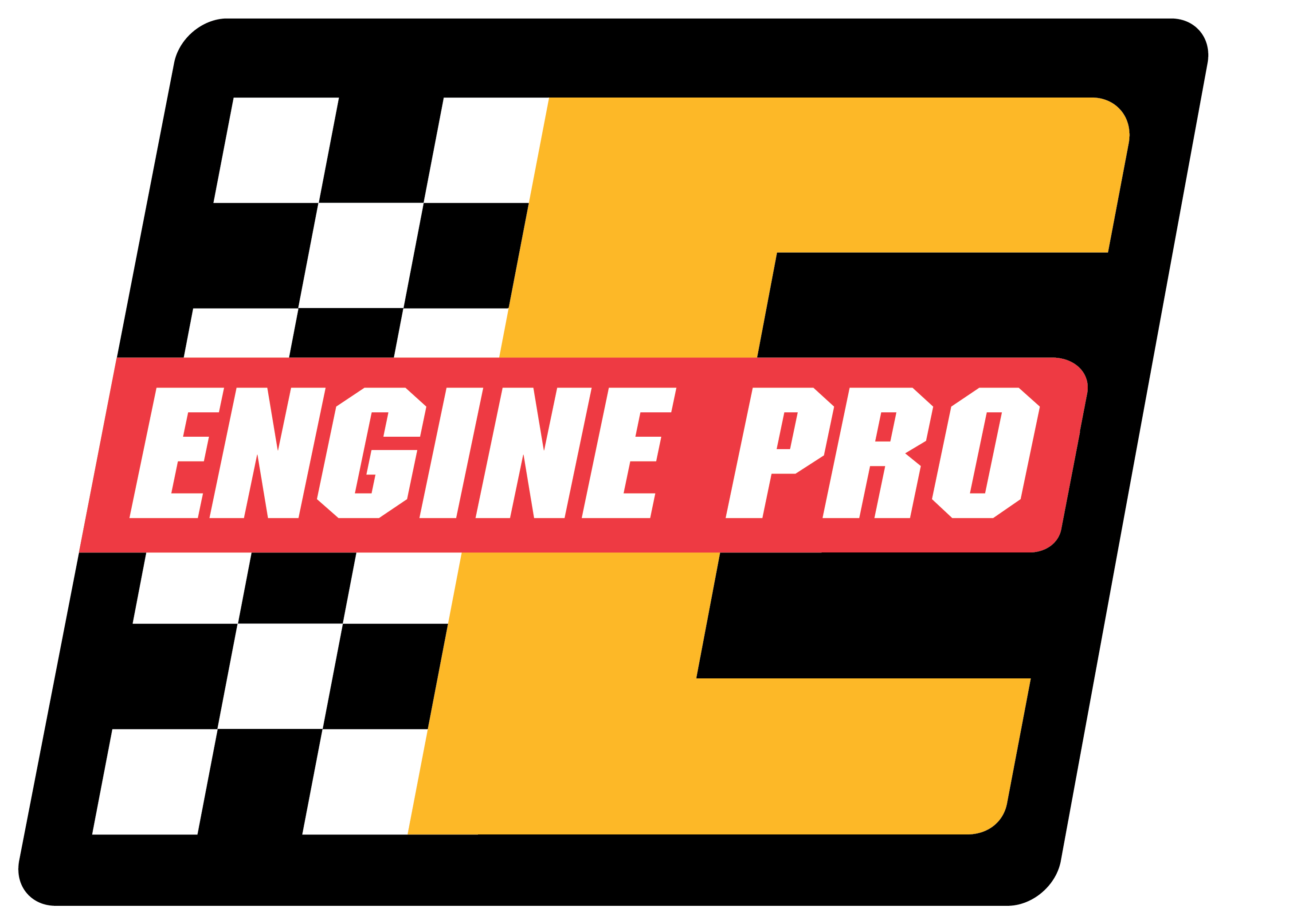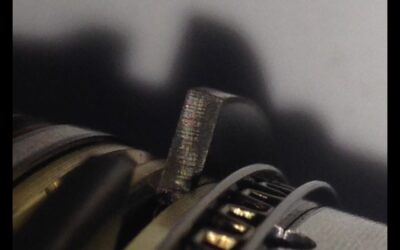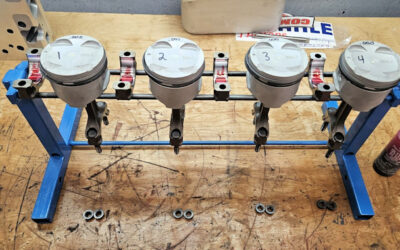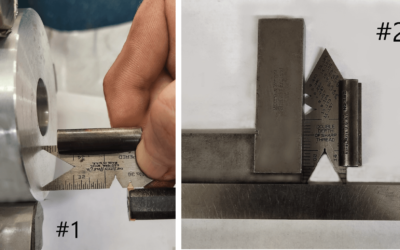HIGH ZINC OIL FOR MORE THAN JUST CAMSHAFTS
With more engine builds moving away from flat tappet cams to avoid the “oil & zinc” issue, another engine component frequently gets overlooked, the piston ring. While we all know flat tappet cams need to be broken in, piston rings and cylinder walls still need to break in as well, even if the camshaft is a roller. Many of us have heard that you should not break-in an engine with synthetic oil because the rings will never “seat”. That can certainly be true (there are a few notable exceptions), especially if the cylinder finish is not dialed in. The topic of cylinder finish is more expansive than the room we have here, but it is worth noting that piston rings need friction and load to “seat” in. This “seating” or “break-in” process can be helped or hurt by the choice of motor oil and the process used during initial engine break-in. Today we have a wide range of block materials (Cast Iron, Compacted Graphite, Nikasil, Alusil, Ductile Iron Sleeves, Plasma Spray Bore) and each of these materials hone differently. We also have different ring face materials (Plasma Moly, Chrome, Nitrided and PVD) and each of these ring face coatings wear differently. It is worth noting how much material change has taken place in the industry, and there are lubes, tools and procedures to help you navigate these changes. A low detergent, high zinc, non-friction modified motor oil gives you the widest margin of error during that critical, initial break-in period.
Engine Pro Technical Committee, with special thanks to Lake Speed, Jr.
Total Seal Piston Rings
January, 2021




